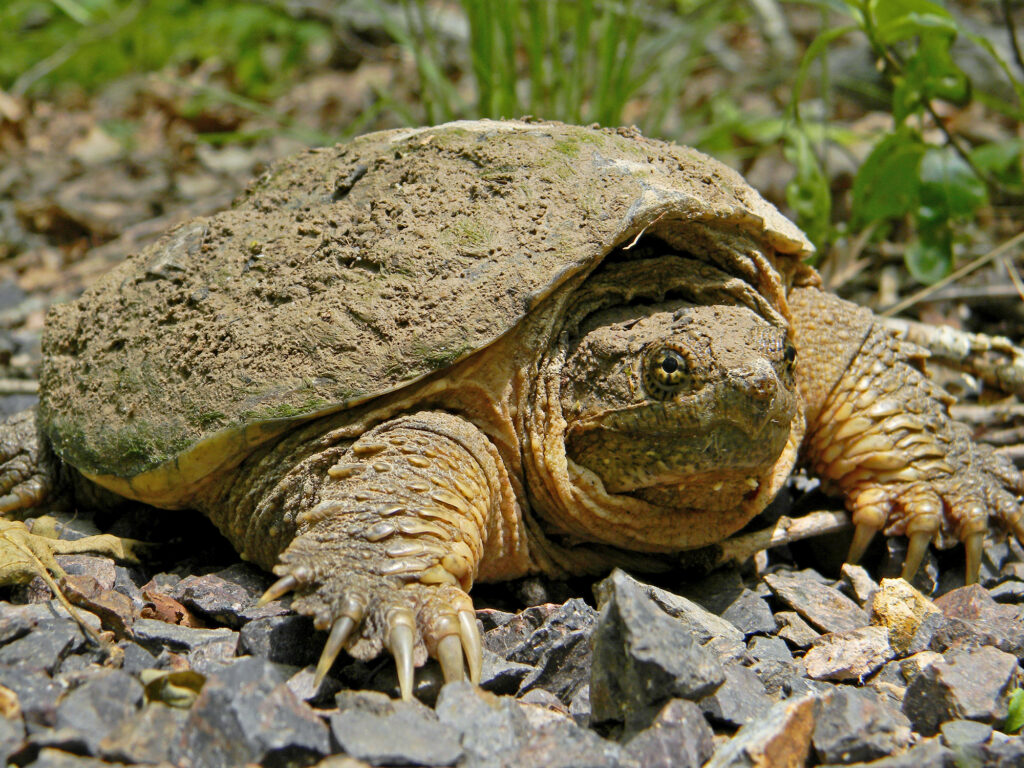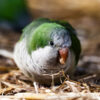- How Long Does A Quaker Parrot Live? - 17 May 2024
- 4 Hacks on Keeping Your Home Clean With Pets - 28 March 2024
- 5 Things to Know Before Bringing Home a New Kitten - 26 March 2024
Turtles have unique shells and slow-moving creatures. We often associate teeth with animals such as dogs or lions. They have strong beaks with which they bite, tear, and chew. Certain turtles can hunt smaller creatures, but most of them are herbivores. This anatomy changes depending on what it eats and consumes. Here, we share the facts everyone needs to know about turtles’ teeth.
Table of Contents
Do Sea Turtles Have Teeth?

Sea turtles don’t have teeth. No turtle species is known to have teeth. They have beaks instead of teeth and bite and chew their food. All turtles, including sea, freshwater, and even tortoises, lack teeth. These animals bite, tear, and chew with their powerful beaks rather than teeth. Like humans and other predators, sea turtles don’t consume their meals like other predators do. It doesn’t mean a sea turtle’s mouth is soft because it lacks teeth. These edges can have sharp points and ridges that resemble jagged edges, making them appear like a row of teeth.
How do Turtles Eat Without Teeth?
Turtles used to follow unique adaptations for lack of teeth. While they don’t have teeth like mammals or other reptiles, they still consume and process food effectively. Here are some ways turtles eat without teeth:
Beak like Jaws
Most turtles have a beak-like structure made of keratin, similar to that of birds. This beak serves as a sharp cutting edge, allowing turtles to bite and tear their food. The strength and shape of the beak among species are always based on their dietary preferences.
Powerful Jaw Muscles
Turtles have strong jaw muscles that enable them to exert force while biting down on their food. This muscular strength helps to break down tough or fibrous materials such as plant matter or hard-shelled prey.
Swallowing Whole Food
Some turtle species, especially omnivores or carnivores, can swallow their whole food. They use beak-like jaws to capture prey, and they swallow it without chewing or tearing.
Grasping Tongues
So many turtle species have specialized tongues that help in feeding. For example, some aquatic turtles have long muscular tongues with serrated edges that help rasp algae or other plant materials. Other species have tongues with sticky or grasping characteristics to catch and manipulate prey.
Dietary Specializations
Different turtle species consume specific types of food. Herbivorous turtles adapt plant-based diets and possess specialized jaws and mouths for efficiently consuming vegetation. They rely on their hunting skills and swallowing prey whole.
Do Baby Sea Turtles Have Teeth?
The sea turtles aren’t made of the same substances because mostly animal teeth are made of. They lay eggs, as with all reptiles. These eggs are hard to split open because of their leather-like tenacity. The newborn turtles are born with an “egg tooth” that functions similarly to an egg tooth in a bird. They use this tiny, pointed projection that extends from the front of their beaks to break the shell.
Types of Turtles
There are many different types of turtles found around the world, each belonging to various families and species. Here are some of the most well-known types of turtles
Carnivorous Turtles
Many aquatic turtle species are carnivores. They are on feed, including various forms of prey, such as fish, insects, and small mammals. These turtles have adaptations that allow them to capture and consume their prey effectively. Their diet consists mainly of animal-based foods. These carnivorous turtles have beaks that allow them to hunt and eat prey efficiently. Their beaks have knife-sharp ridges and are pointed. They use their strong beaks to hold onto prey, such as birds whom they drown. Here are a few examples of carnivorous turtle species:
- Alligator Snapping
- Softshell Turtles
- Fly River turtles
- Mata Turtle

Herbivorous Turtles
These turtles don’t need sharp, pointed beaks as they don’t have these beaks. Turtles have strong, short beaks with tiny ridges along edges and cusps. Their diet includes vegetation, such as various plants, algae, fruits, and flowers. Turtles are reptiles, and when it comes to this group of animals, labelling them with teeth is way more complicated than mammals. Here are a few examples of herbivorous turtle species:
- Red-footed Tortoise
- African Spurred Tortoise
- Indian Star turtle
- Green Sea Turtle

Omnivorous Turtles
Their beaks have adapted to these foods, so while they are sharp and pointed, they are nowhere as sharp or as pointed. Their beaks show they are similar to herbivorous turtles or carnivorous turtle

Do Turtle Bites Hurt?
Yes, turtle bites hurt and can be more painful. Small or large turtles could have powerful bites that you will feel. Large turtles have powerful jaws, coupled with large, sharp beaks cause severe damage.
What Should You Do When A Turtle Bites You?
Well, first, you need to remove the turtle. Pulling the turtle off forcefully can cause more damage. However, turtles carry salmonella that can break the skin, which health experts should treat. Wash the bitten area with warm water and soap.
Turtle Dental Adaptations: Dr. Peter Pritchard’s Insights
Dr. Pritchard, a renowned herpetologist and author of “Encyclopedia of Turtles,” explains that while most turtles do not have teeth in the traditional sense (sharp, pointed structures), they have evolved various adaptations to help them with their feeding. Some species have ridges or serrations along their jaws, which function like rough edges to aid in tearing food.
Final Thoughts
These are the aspects when baby turtles have a single tooth, but they use to cut open their leathery shells. This tooth falls out after just a few days. They have either beaks or lips, but very few turtles have lips. These have snorkel-like noses and soft lips with no teeth. All other turtles have beaks that allow them to feed efficiently.
















